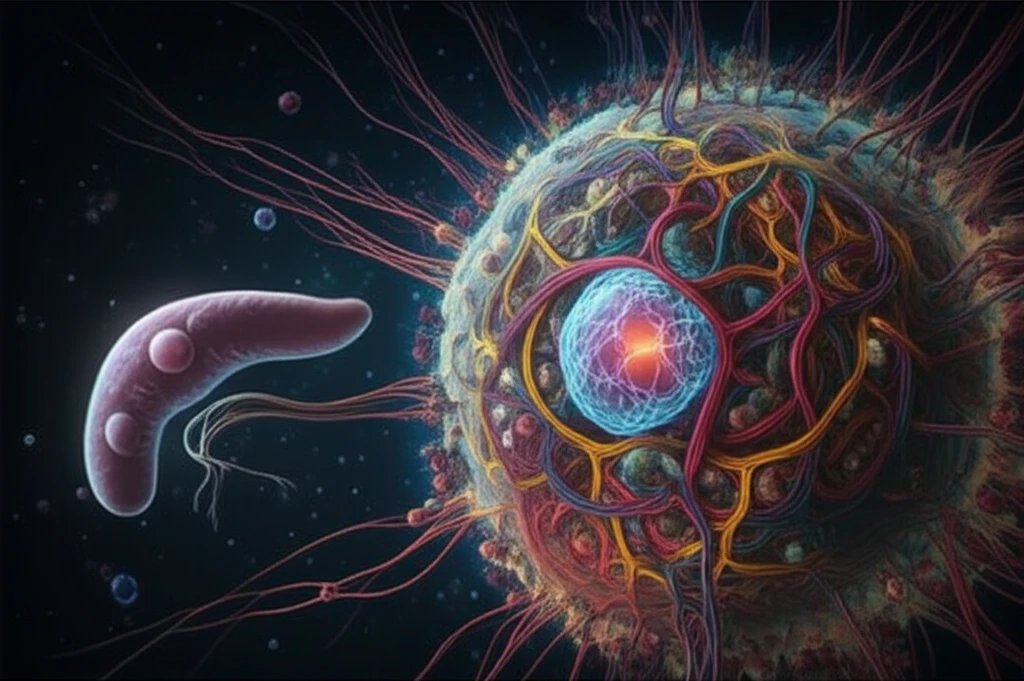
Decoding Cancer's Secrets: How Cutting-Edge Research Is Changing the Fight
"Groundbreaking Study Reveals New Insights into Chromatin Interactions and the Potential of Targeted Therapies"
Cancer, a disease that affects millions worldwide, continues to challenge scientists and medical professionals. Despite advancements in treatment, the complexity of cancer at a cellular level presents a constant hurdle. Recent research, however, offers new hope. By examining the structure of our genes, scientists are uncovering secrets that could revolutionize how we diagnose and treat this devastating disease.
At the heart of this research lies the study of chromatin, the complex of DNA and proteins that make up chromosomes. Think of chromatin as the architectural blueprint of our cells, meticulously organized to control how genes are expressed. Recent advances have allowed scientists to analyze the 3D structure of chromatin, revealing how these structures influence gene activity and, consequently, cellular behavior.
This article will explore a pioneering study that used cutting-edge techniques to analyze chromatin interactions in pancreatic cancer cells. The findings provide valuable insights into the disease's mechanisms and highlight the potential of new therapeutic approaches. This research underscores the importance of understanding the intricacies of our genes and how they can be manipulated to fight cancer.
Unveiling the 3D World of Our Genes: A New Approach to Cancer Research

The study, published in the Journal of Cellular Biochemistry, employed a technique called tethered chromatin capture (TCC). This method allows researchers to map the interactions between different regions of the genome, providing a three-dimensional view of how genes interact. It's like creating a detailed map of a city, highlighting the connections between different neighborhoods and landmarks.
- TADs: These are regions where the DNA is densely packed and genes interact frequently.
- Boundary Regions: These areas separate TADs and often act as control points for gene expression.
- Gap Domains: Areas that lack strong interactions, often found in regions with fewer genes.
Hope for the Future: How This Research Could Transform Cancer Treatment
This study provides a new framework for understanding how our genes behave and how cancer cells function. The findings shed light on how to identify genes that may be involved in cancer progression. The research also suggests that drugs that target chromatin could be effective in treating certain cancers. By understanding the complex world of our genes, scientists move closer to developing more effective treatments and, ultimately, improving the lives of those affected by this devastating disease.
